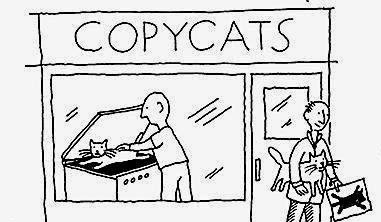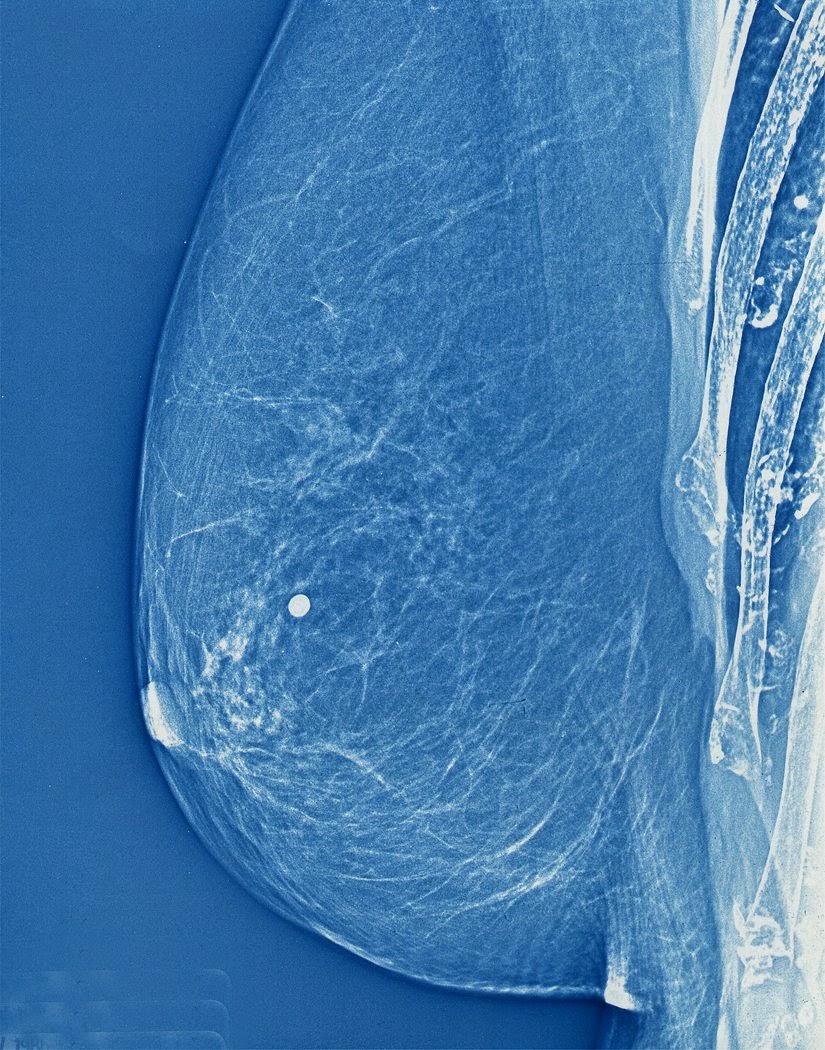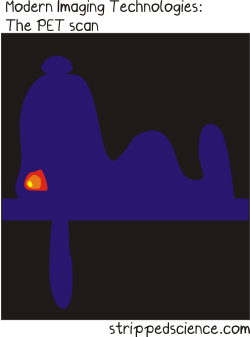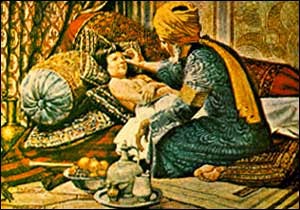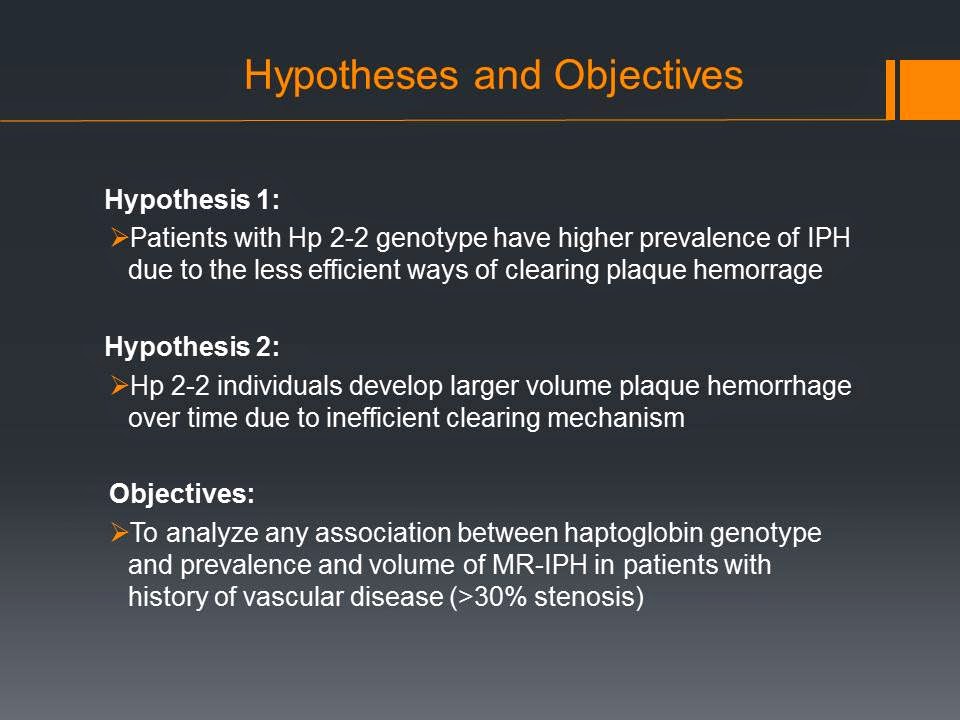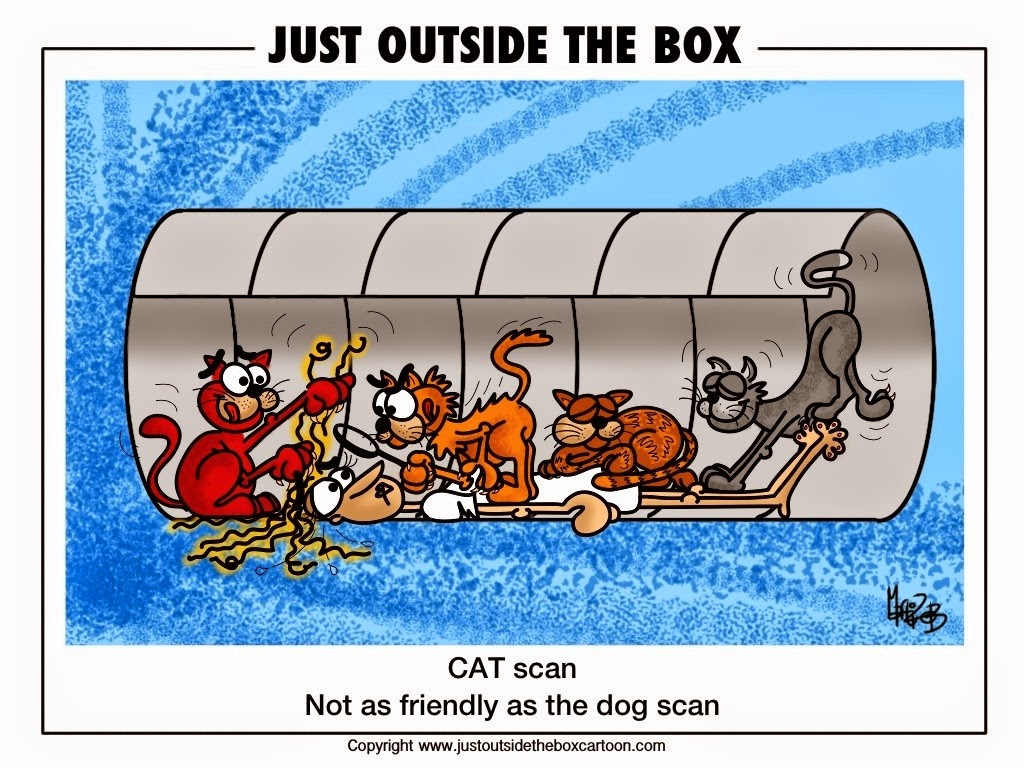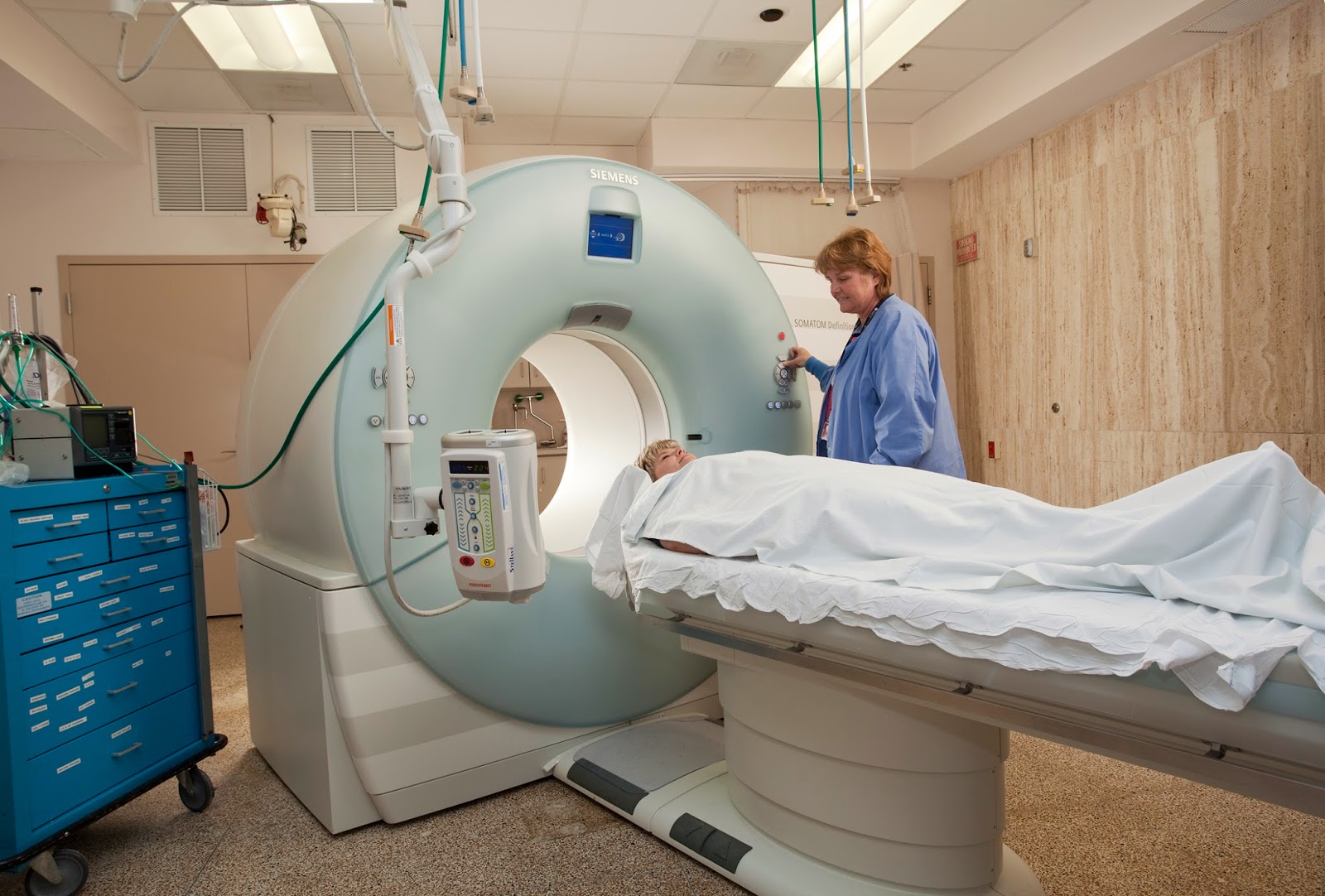Ahhh, the mop-top! I sigh not because I miss the hairdo but because I miss my hair – all of it. In the mid-60s this hair style was made famous by The Beatles. Don’t know who they are (shame on you!) have a listen here for instruction.
Well the mop-top was made popular because the 4 guys who sported the hairdo were crazy successful musicians from England. Their recording company, Electrical Musical Industries (EMI), was also very happy and successful because of the overwhelming record sales (music was sold to listeners on vinyl records back then).
So, what does any of this have to do with medical imaging? Lots actually. The money generated by record sales enabled the EMI basic science researchers (another division of the company) to work in a prosperous cash-rich environment. One of those researchers was Sir Godfrey Hounsfield, an electrical and computer engineer.

In 1967, he started his work on what would soon become the first CT scanner. By directing x-ray beams through the body at 1 degree angles, with a detector rotating in tandem on the other side, he was able to measure the attenuation of x-rays. These values were then analysed using a mathematical algorithm and a computer to yield a 2-D image of the interior of the body. The production of CT scanners by EMI started in the early 1970s and their monopoly ended by 1975 when companies like DISCO (not even kidding) and GE entered the arena.
Interestingly, in the 1960s Dr Allan Cormack of South Africa had also independently showed similar results to Housfield. In the end, Cormack was cited for his math analysis that led to the CT scan and Housfield for its practical development. They shared the Nobel prize in Physics and Medicine in 1979. Cool.
Now for the fun part (see the rules here), using mop-top in a sentence by the end of the day:
Serious: Who would have thought the success of the mop-top Fab Four would be instrumental in the development of the CT scanner?
Less serious: Hey Bob, I went for my head CT scan today and something weird happened. I went in bald and came out with a mop-top! Is that normal?…
Listen to With a Little Help from My Friends from The Beatles to decompress and…
…I’ll see you in the blogosphere.
Pascal Tyrrell





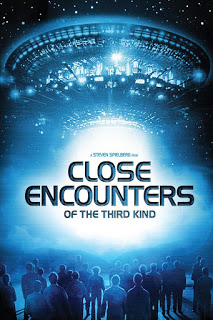

.jpg)
